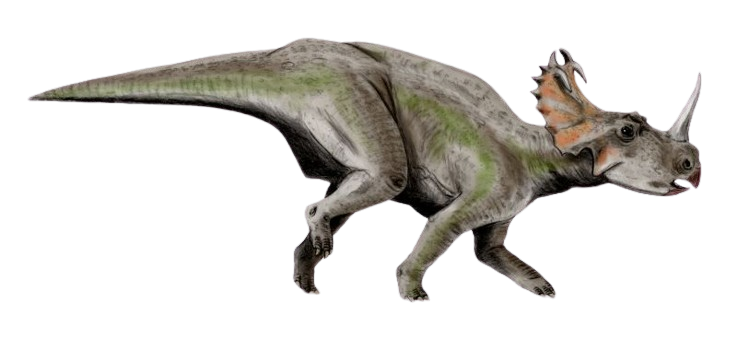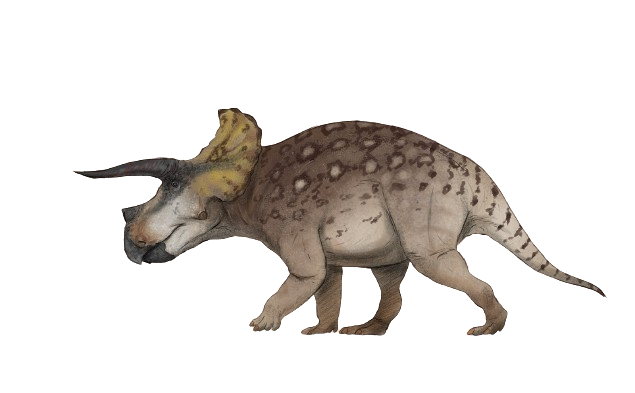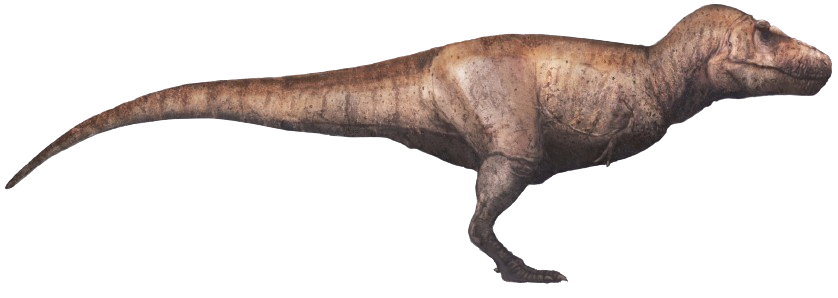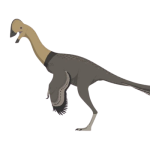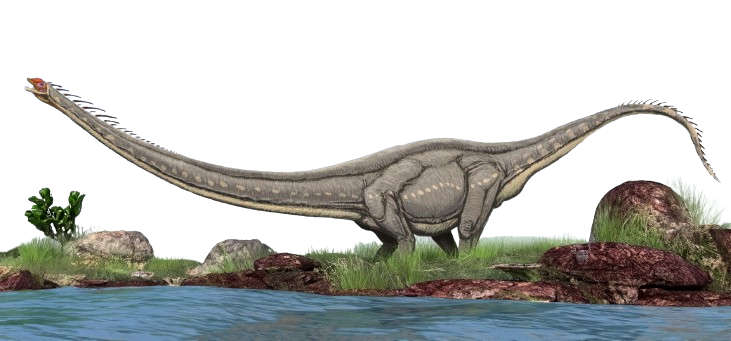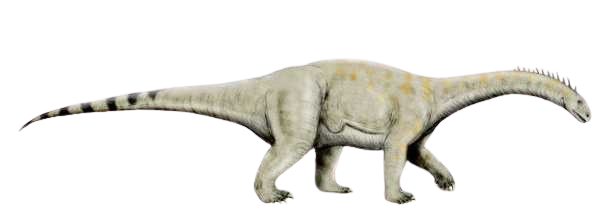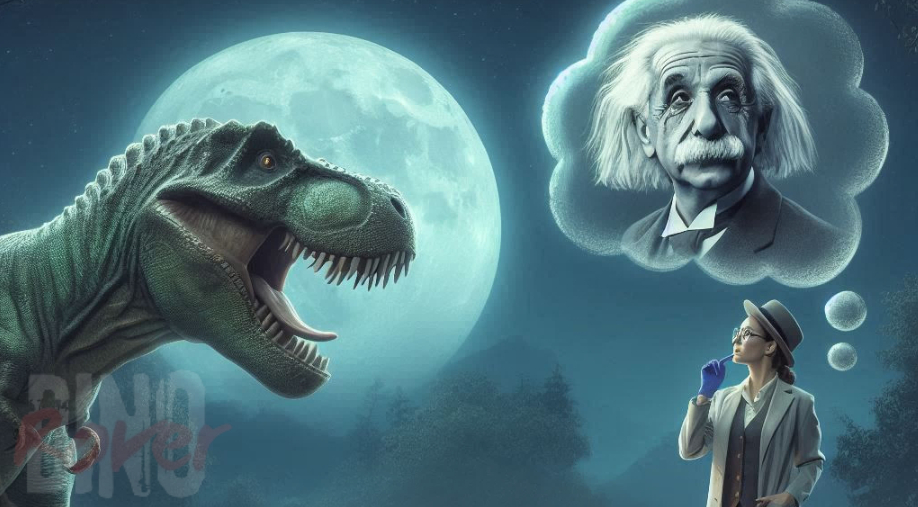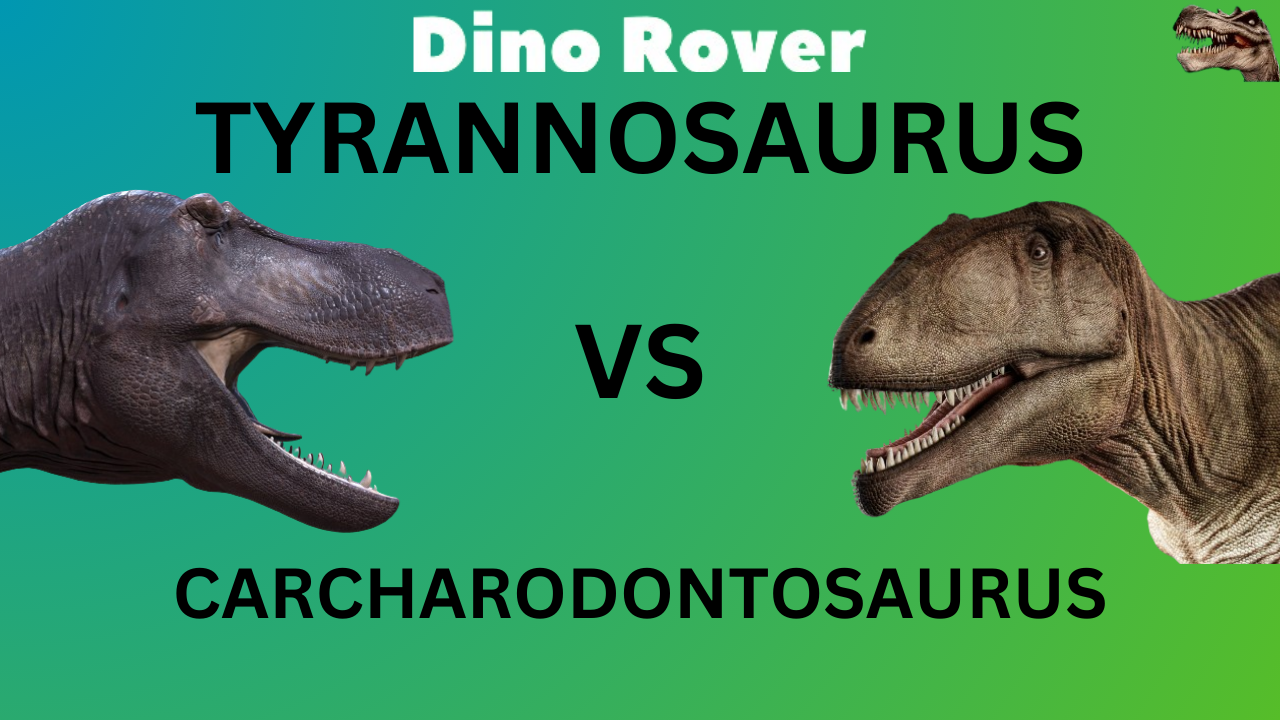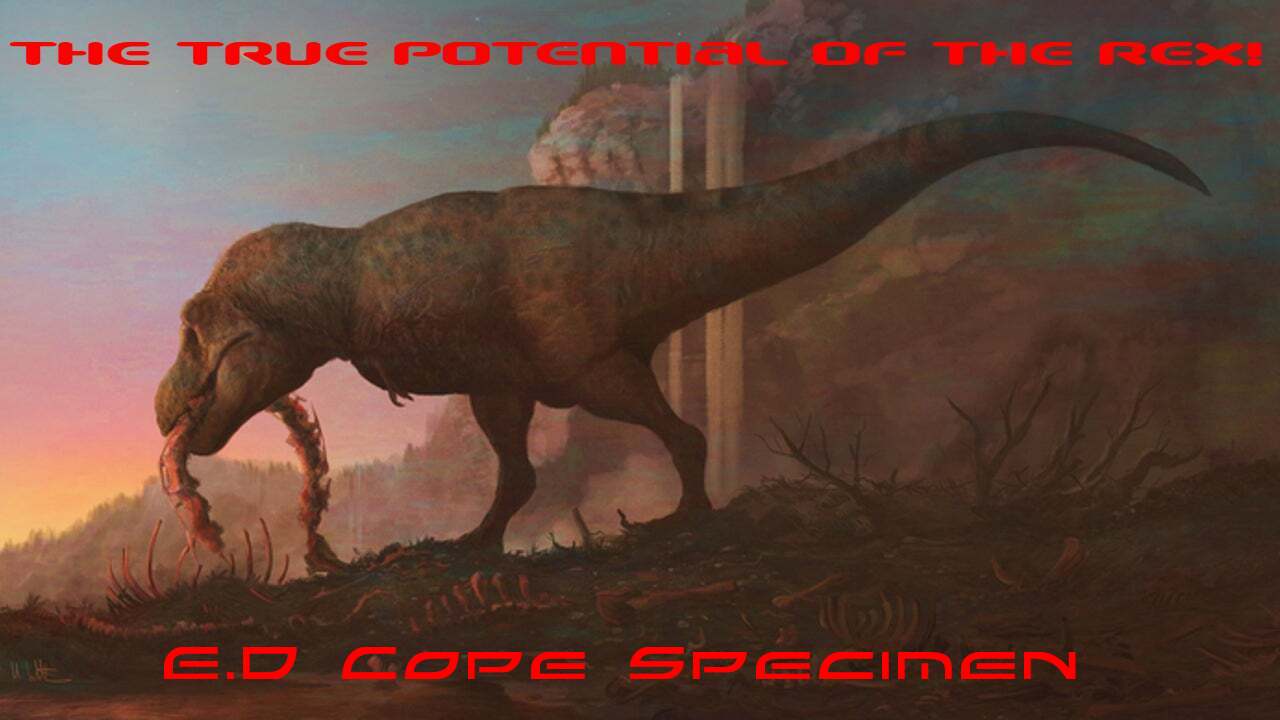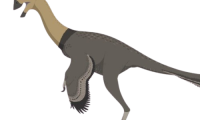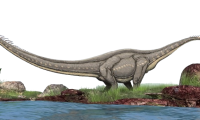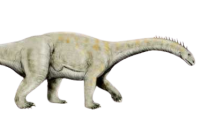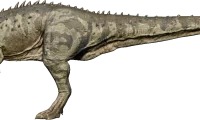In the vast panorama of prehistoric creatures, certain dinosaurs stand out for their awe-inspiring features and unique adaptations. Among these, the Centrosaurus, a member of the ceratopsian family, takes center stage. Unlike the contemporary horned behemoths we might think of, such as the rhinoceros or bison, Centrosaurus was a true giant of its time, towering at 6 feet and weighing over 2 tons. These herbivores roamed the earth during the late Cretaceous period, specifically in what we now know as present-day Canada.
Ceratopsians, or horned-faced dinosaurs, were a diverse group characterized by their formidable frills and, of course, the iconic horns. Centrosaurus, while related to the more famous Triceratops, was distinguished by its sheer size and perhaps a less robust build compared to its cousin. Their skeletal remains, offering a fascinating glimpse into the past, were discovered in the Dinosaur Park Formation in Alberta, dating back to approximately 76.5 to 75.5 million years ago.
To maintain their colossal size, these herbivores had to consume an astonishing 5 to 6 tons of vegetation daily. This dietary requirement reveals the ecological dynamics of the late Cretaceous period, where herbivores played a crucial role in shaping ecosystems through their feeding habits. While the image of consuming greens might not evoke the same terror as that of a carnivorous predator, the sheer scale of their dietary needs is awe-inspiring.
The landscape that Centrosaurus inhabited was vastly different from today’s, marked by lush vegetation and unique geological formations. Canada, in the late Cretaceous, was home to a variety of dinosaur species, each contributing to the intricate balance of life during that era. As we piece together the puzzle of the past through paleontological discoveries, we gain a deeper understanding of the Earth’s rich history and the diverse array of life forms that once flourished.
The significance of the Centrosaurus extends beyond its role as a mere herbivore; it represents a fascinating chapter in the evolutionary tapestry of dinosaurs. The study of these horned giants opens windows into the ancient ecosystems they inhabited, shedding light on the interconnected web of life during a time when dinosaurs reigned supreme. As paleontologists unravel the mysteries surrounding Centrosaurus, the revelations contribute to our broader comprehension of the intricate dance of life throughout Earth’s history.


